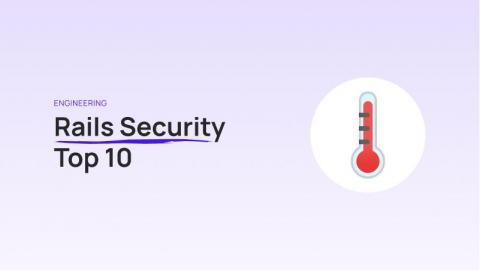The implications of adding SAST to your CI/CD pipeline
DevSecOps is all about better integrating security into the software development life cycle (SDLC). When combined with the desire to automate repetitive tasks, the inevitable conclusion is to put any repeatable testing tool into your app’s build pipeline. For any tooling that involves code analysis, it makes sense to sync up with existing testing workflows. That’s where CI comes in.











